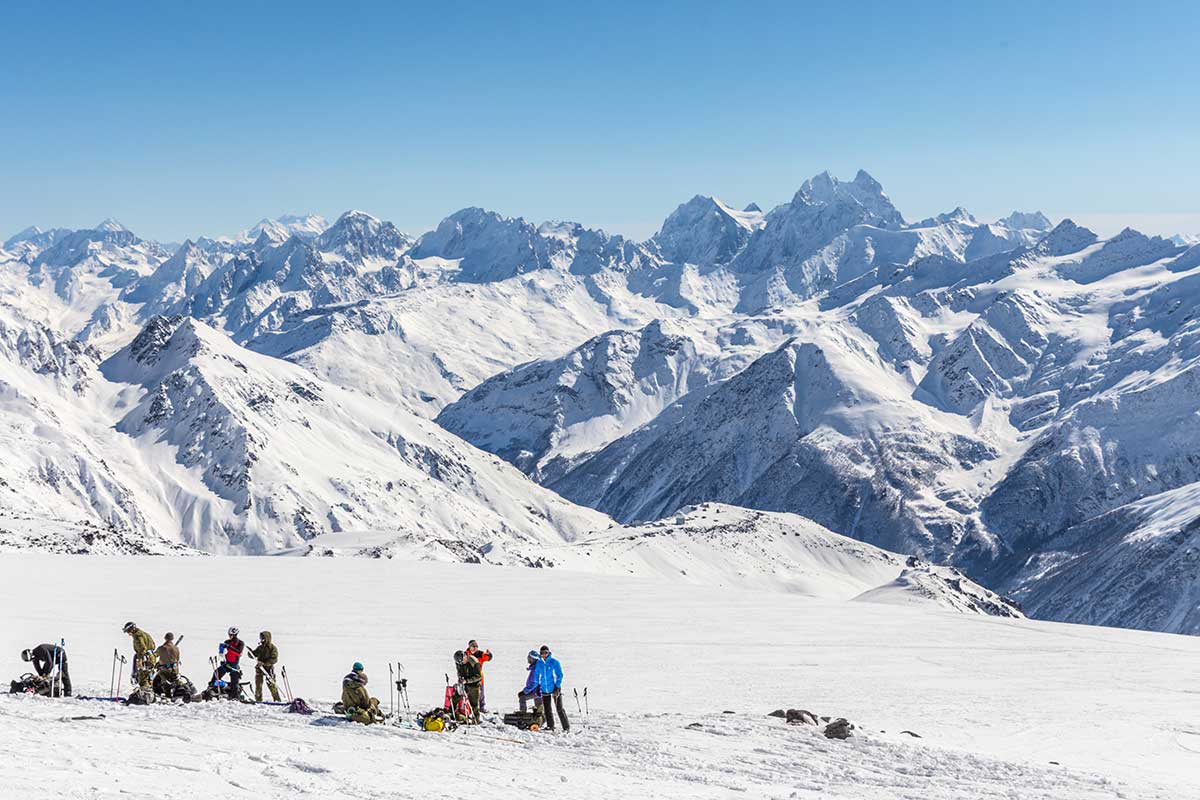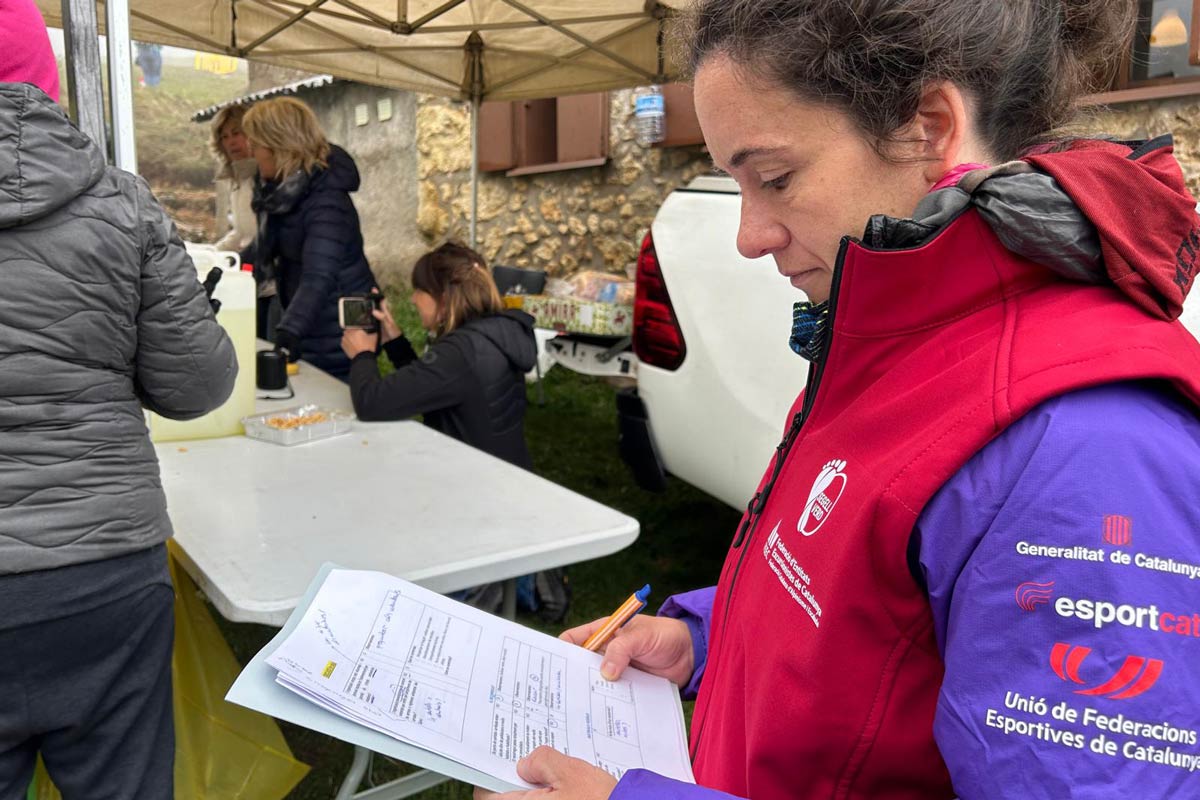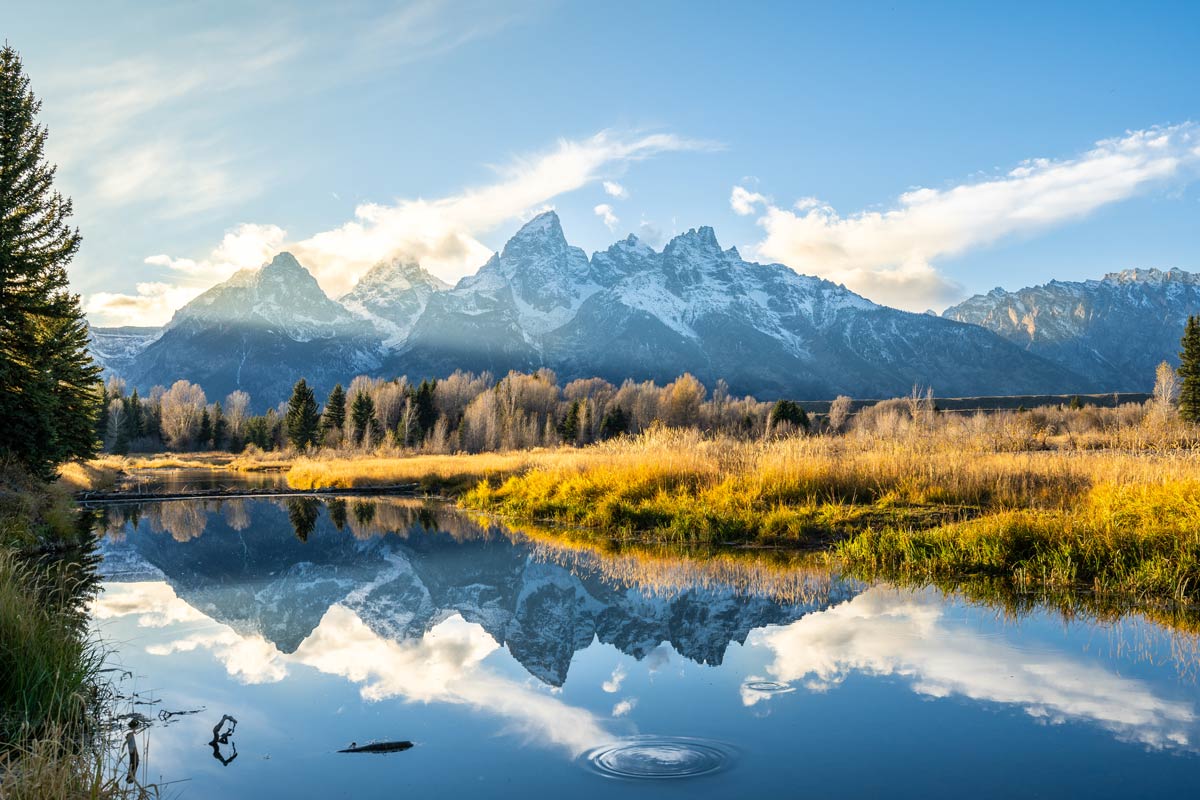The tenth in our series exploring the UIAA MedCom’s high-altitude advice focuses on women going to altitude with specific advice for both pregnant and non-pregnant women. This paper was first produced in 2008 and is available in English, Czech, Dutch, German, Italian, Japanese, Persian, Polish, Portuguese, Russian and Spanish.
Advice pertinent to non-pregnant women
Altitude mountain sickness (AMS)
- There is no known difference between men and women in the incidence of AMS.
- The incidence of high-altitude pulmonary edema (HAPE) is lower in women than in men.
- The incidence of peripheral oedema is higher in women than in men.
- There is no reported difference between men and women in the incidence of high-altitude cerebral edema (HACE).
- Although progesterone increases hypoxic ventilatory response at sea level, there are no data that indicate a correlation between acclimatization to high altitude (HA) and menstrual cycle phases.
Menses and peri-menopausal hypermenorrhoea
- Menses can be modified by high altitude (HA): menstruation can be blocked up, longer, shorter, or irregular. Amongst other causes, and probably more important than altitude, it can be influenced by jet lag, exercise, cold, and weight loss.
- To avoid or significantly reduce bleeding, OCPs or progesterone (pills, medroxyprogesterone injections, or intrauterine device with hormone release (IUD)) can be taken continuously for several months (but spotting may occur during the first three months).
Oral Contraception
- There is no proven advantage or disadvantage for altitude acclimatization when using oral contraceptives (OCPs).
- The theoretical risk of oral contraceptives (except for progesterone alone) is thrombosis during long stays at HA, in combination with polycythemia, dehydration and cold. Actually very few accidents have been reported. The risk is lower with the second-generation OCPs (versus first- or third- generation), which are recommended as a first choice at HA, but with these low-dosage pills two risks should be known:
- It may be difficult to respect the exact time of administration during an expedition, compromising contraceptive efficiency.
- The efficiency may also be compromised during and seven days after the use of some antibiotics, especially broad-spectrum penicillins and tetracyclines.
Iron
- Latent iron deficiency can impede acclimatization at very high altitudes. Ferritin dosage can be useful before expedition for supplementation if indicated.
Pregnant women
Risk of travelling in remote and exotic countries
- Possibly a geat distance from medical/obstetrical assistance if/when needed.
- Infectious diseases can be more severe during pregnancy: especially diarrhoea, malaria, hepatitis E.
- Some drugs useful for prophylaxis or treatment are contra-indicated during pregnancy: most antimalarials, quinolones, sulphonamide, and others.
Risk of hypoxia
Most studies concern women living permanently at HA. For pregnant women living normally at low altitude, very few studies have been made during acute exposure (hours) at moderate altitude, with or without exercise, and there is no known study conducted during prolonged exposure (days to weeks). So most of the recommendations can only be based on extrapolations.
Physiological responses to altitude exposure
Immediate increase of maternal ventilation and cardiac output (with increase of uterine artery and placental blood flow) preserves, at best, oxygen delivery to the fetus.
- AMS incidence is not different during pregnancy. The use of acetazolamide is contra-indicated during the first trimester (risk of teratogenicity) and after 36 weeks of pregnancy (risk of severe neonatal jaundice).
- Adequate hydration is recommended because of hyperventilation (altitude + pregnancy) as the dry environment encountered at altitude will increase hydration needs.
First half of pregnancy
- The risk associated with altitude exposure is low.
- Higher incidence of spontaneous abortion in the first trimester is suspected but not proved.
Recommendation:
Those women who experience difficulties with becoming pregnant/or are at higher risk of spontaneous abortion should avoid high altitude.
Second half of pregnancy
- Potential high risk for mother and fetus, depending on individual factors, altitude level and exercise.
Short stays without exercise (a few hours to a few days)
- Obviously very low risk for healthy pregnancy up to 2500m, but no data available.
- Altitude is not recommended for women with risk factors (see below), even for short stays.
Long stays without exercise (weeks to months), above 2500 m
Mother: higher incidence of hypertension, preeclampsia, placental abruption.
Fetus: intra-uterine growth retardation during 3rd trimester and low birth weight
Recommendation: attentive clinical and echo-doppler supervision after 20 weeks of pregnancy.
Exercise: competition for blood supply between skeletal muscles and placenta.
-
- Risk of foetal hypoxia or preterm labour.
Recommendations:
- Allow 3-4 days acclimatization before exercise above 2500m.
- Wait for full acclimatization (2 weeks) before strenuous exercise and avoid heavy exertion at higher altitudes.
Contra-indications to altitude during pregnancy (after 20 weeks)
- Chronic or pregnancy-induced hypertension.
- Impaired placental function (ultrasound diagnosis).
- Intra-uterine growth retardation.
- Maternal heart or lung disease.
- Anaemia.
- Smoking combined with exercise is a high risk factor and could be a contraindication.
Risk of trauma
Beware of changes in centre of gravity and joint laxity during pregnancy, predisposing to falls and trauma, with potential risk of placental disruption (e.g. during skiing). Take care that the climbing harness fits properly.
Please download the full paper for complete details of references.
Already published:
#1 Nutritional considerations in mountaineering
#2 Children at Altitude
#3 Mountain activities for people with pre-existing cardiovascular conditions
#4 Avoiding the perils of Kilimanjaro
#5 What you need to know about water disinfection in the mountains
#6 Advice for Gap Year Explorers. How to Check The Quality of a Commercially Organised Trek or Expedition
#7 Dealing with Eye Problems in Expeditions
#8 A Guide on When and How to Use Portable Hyperbaric Chambers
#9 Golden Rules for Novice Climbers



